Global floor screeds market - Comprehensive Data-Driven Market Analysis & Strategic Outlook
The global floor screeds market will transcend its traditional limits, crafting a future in which construction materials will be measured by innovation, sustainability, and flexibility. This market will not be limited to merely offering a foundation for flooring systems but will grow into an arena that prides itself on quality, performance, and eco-awareness. With increasingly bold architectural designs, the need for screeds with more sophisticated formulations and superior application methods will become the norm for the industry.
- Global floor screeds market valued at approximately USD 15.5 Billion in 2025, growing at a CAGR of around 6.1% through 2032, with potential to exceed USD 23.5 Billion.
- Bonded Screed account for nearly 41.6% market revenues, driving innovation and expanding applications through intense research.
- Key trends driving growth: Rising global construction activity and demand for high-quality interior finishes., Adoption of fast-drying and self-leveling screeds to accelerate project timelines.
- Opportunities include Growth in specialized screeds (e.g., acoustic, thermal, lightweight).
- Key insight: The market is set to grow exponentially in value over the next decade, highlighting significant growth opportunities.
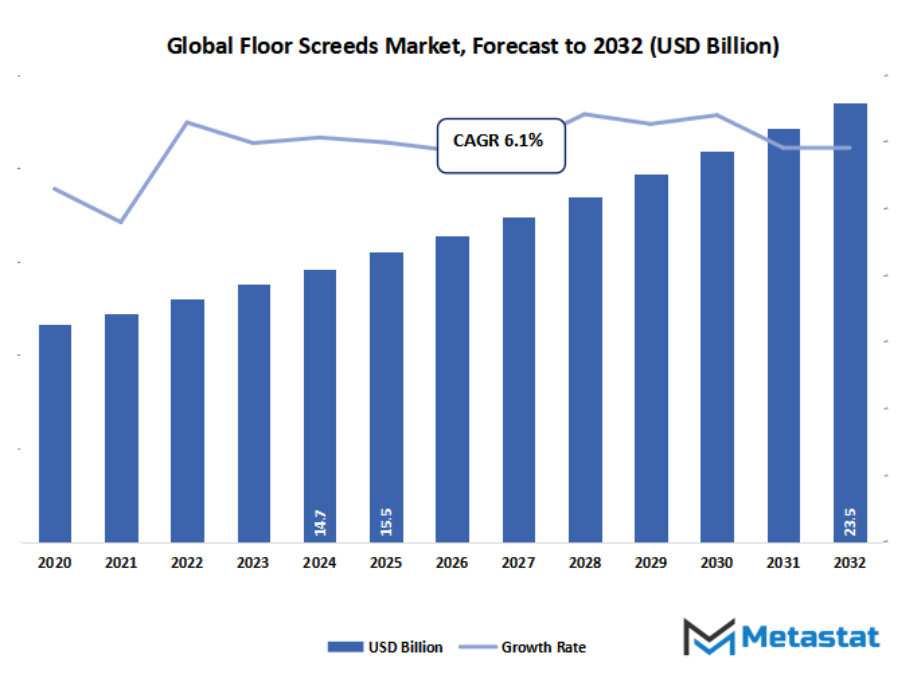
How will innovations in production materials reshape the demand for advanced ground screeds inside the coming years? Could sustainability goals and green building requirements disrupt conventional screed packages? And as automation and clever flooring technologies evolve, what new possibilities or uncertainties may emerge in the global floor screeds market?
In addition to its conventional applications, the market will start to investigate the inclusion of smart materials that are capable of adapting to environmental factors to provide longevity and efficiency in residential and commercial developments. These developments will elevate floor screeds from simple structural layers to smart surfaces that can enhance thermal comfort and energy efficiency. In addition, the movement toward green building certifications will promote the application of environmentally friendly screed materials that reduce carbon footprints while ensuring strength and endurance.
The sector will also see a transformation in the manner technology assists construction practice. Automated leveling and mixing systems, computerized monitoring equipment, and data-driven project control will change the efficiency and precision of screed laying. This change will make construction professionals embrace new techniques that provide quicker, cleaner, and more sustainable results.
Market Segmentation Analysis
The global floor screeds market is mainly classified based on Type, Application.
By Type is further segmented into:
- Bonded Screed - Bonded screed will receive significant attention in construction applications where high adhesion to the base concrete is desired. With improvement in construction standards, bonded screeds will be used because of their hardness and capacity for high loads. The segment will develop as a result of rising renovation activities and infrastructure upgrading in developed and developing nations.
- Unbonded Screed - Unbonded screed will gain more visibility in projects requiring flexibility and moisture resistance. It will be best suited for areas where dampness is prevalent, direct bonding is not possible, and it would be applied. Its increasing use in basement floors and industrial sectors will fortify its hold in the global floor screeds market in the years to come.
- Floating Screed - Floating screed will see growth as energy-efficient structures and sound insulation flooring options become necessary in contemporary building. The floating screed will be more insulated, hence perfect for residential and commercial buildings that emphasize comfort and power conservation. Growing urbanization and green construction themes will lead to future demand.
- Heated Screed - Heated screed will become a go-to solution in projects that include underfloor heating systems. Thermal efficiency and intelligent living spaces will drive growth for the segment. As more emphasis develops for energy maximization, heated screed installations will find widespread application in new buildings and business developments.
By Application the market is divided into:
- Residential - The residential segment will account for a major part of the global floor screeds market with persistent housing developments and renovation activities. Contemporary homeowners will demand smoother, more durable, and better-looking flooring finishes. Increased disposable income and better standards of living will also contribute to increased use of good quality screeding material.
- Commercial - The business sector will experience steady growth as hotels, offices, shopping centers, and schools keep increasing globally. The need for even, long-lasting floors that can support heavy foot traffic will ensure screeds are a key component of high-volume building projects. Greater design versatility and faster installation methods will enhance market uptake.
- Industrial - Industrial uses will keep evolving as a result of the demand for heavy-duty flooring that can support heavy equipment and round-the-clock operations. Screeds from factories, warehouses, and manufacturing plants will be all about strength and wear resistance. The creation of new materials will help further industrial efficiency and lifespan.
- Other - Other uses, such as public buildings, sports facilities, and healthcare facilities, will further drive the growth of the global floor screeds market. Increased investment in public schemes and the development of specific buildings will boost the demand for customized screeding solutions that provide both safety and structural performance in varying conditions.
|
Forecast Period |
2025-2032 |
|
Market Size in 2025 |
$15.5 Billion |
|
Market Size by 2032 |
$23.5 Billion |
|
Growth Rate from 2025 to 2032 |
6.1% |
|
Base Year |
2024 |
|
Regions Covered |
North America, Europe, Asia-Pacific, South America, Middle East & Africa |
Geographic Dynamics
Based on geography, the global floor screeds market is divided into North America, Europe, Asia-Pacific, South America, and Middle East & Africa. North America is further divided in the U.S., Canada, and Mexico, whereas Europe consists of the UK, Germany, France, Italy, and Rest of Europe. Asia-Pacific is segmented into India, China, Japan, South Korea, and Rest of Asia-Pacific. The South America region includes Brazil, Argentina, and the Rest of South America, while the Middle East & Africa is categorized into GCC Countries, Egypt, South Africa, and Rest of Middle East & Africa.
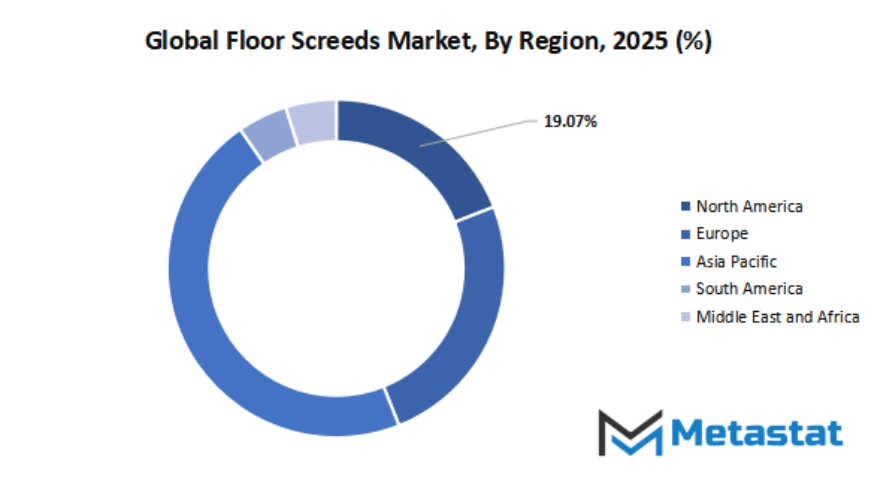
Competitive Landscape & Strategic Insights
The global floor screeds market is slowly transforming into a competitive and dynamic market in which global leaders as well as regional players are struggling to enhance their hold. Floor screeds, which are synonymous with establishing smooth, durable, and level surfaces for flooring, are becoming increasingly significant in current construction activities in residential, commercial, as well as industrial establishments. As more focus is laid on quality finishes and durability in the long run, the need for efficient screeding materials and methods will keep growing in the years to come.
The sector unites a combination of international trendsetters and regional experts, each bringing in their knowledge to satisfy developing building standards globally. Entities like Ardex, CES Quarry Products, and Colmef Monneli are known for their ongoing innovation and dedication to performance-oriented materials. At the same time, companies such as Edilteco Group, Floorex, and Flowcrete have dedicated themselves to designing sustainable and affordable solutions that benefit large-scale infrastructure projects as well as smaller urban developments. This equilibrium between quality and price is guiding where the market will go next.
There are a number of regional manufacturers who now emerge as serious competitors to the established international brands. Companies like Polycote, Simcrete India, and SMET Building Products have managed to find a niche by providing regionally modified products that find application in certain climatic and architectural requirements. Contrarily, global giants like Saint Gobain, Sika Group, and Terraco Group maintain to dominate with modern-day product generation, wider distribution channels, and many years of brand consider. This mix of neighborhood adaptability and global information adds diversity and resilience to the marketplace landscape.
The growing emphasis on sustainability, energy performance, and quicker venture transport can be a chief force in the back of the direction of the market. Contractors and builders are currently looking for floor screed structures that minimize set up time, shop waste, and decorate common construction first-class. As studies and development preserve to enhance, corporations may also invest greater in creating materials that meet environmental obligation and technical performance demands.
In the years to come, the global floor screeds market will keep experiencing strong competition and strategic cooperation among the mounted and emerging players. All companies will compete to introduce superior substances, faster software techniques, and more durability to accommodate the evolving demands of the building enterprise. This consistent charge of innovation and opposition will hold floor screeds as a vital thing of constructing design and infrastructure development across the globe.
Market Risks & Opportunities
Restraints & Challenges:
- Technical complexity and skilled labor shortage for proper installation. - The global floor screeds market will still have challenges associated with technical specifications and the lack of skilled personnel. The application and leveling of screeds require precision since the consistency of the mixture, drying conditions, and timing all affect the final quality. In some emerging economies, a lack of skilled workers familiar with these specifics will continue to limit availability, resulting in uneven surfaces or project delays spanning years. Greater application of sophisticated screed materials will additionally necessitate improved training and certification programs, which will need time to implement. By failing to close this disparity, project efficiency and durability requirements will continue to be limited in the future.
- Risk of cracking or delamination due to improper mixing or curing. - The global floor screeds market will also be constrained by cracking and delamination as a result of incorrect ratios of mixing or poor curing conditions. Such problems usually emerge when materials are not well mixed or when the moisture content of the substrate is not well controlled. With evolving construction technologies, mismanagement of polymer-modified or quick-drying screeds will remain a serious threat. Better quality control and site supervision will be called for in the future to reduce these types of failures. Without proper precautions from manufacturers and contractors, screed applications' structural stability and their lifespan will remain at risk.
Opportunities:
- Growth in specialized screeds (e.g., acoustic, thermal, lightweight) - The global floor screeds market will be supported by robust opportunities through the development of specialized screeds for contemporary architectural requirements. Acoustic screeds will find increased applications in domestic and commercial buildings in order to achieve sound insulation. Thermal screeds will be sought after for energy-saving flooring systems, while lightweight versions will lower total structural loading in multi-story buildings. These technologies will converge with future sustainability and comfort needs in building construction. Sustained investment in product diversification and research will stimulate firms to meet niche needs, creating enhanced functionality and greater application potential in multiple industries.
Forecast & Future Outlook
- Short-Term (1–2 Years): Recovery from COVID-19 disruptions with renewed testing demand as healthcare providers emphasize metabolic risk monitoring.
- Mid-Term (3–5 Years): Greater automation and multiplex assay adoption improve throughput and cost efficiency, increasing clinical adoption.
- Long-Term (6–10 Years): Potential integration into routine metabolic screening programs globally, supported by replacement of conventional tests with advanced biomarker panels.
Market size is forecast to rise from USD 15.5 Billion in 2025 to over USD 23.5 Billion by 2032. Floor Screeds will maintain dominance but face growing competition from emerging formats.
As the world's infrastructure projects grow, so too will the global floor screeds market penetrate new horizons and uses to meet the innovative demands of new architecture. Its future won't just mirror the face of construction change, but will also speak to a determination to redefine durability and performance through ongoing innovation and sustainable material development.
Report Coverage
This research report categorizes the global floor screeds market based on various segments and regions, forecasts revenue growth, and analyzes trends in each submarket. The report analyses the key growth drivers, opportunities, and challenges influencing the global floor screeds market. Recent market developments and competitive strategies such as expansion, type launch, development, partnership, merger, and acquisition have been included to draw the competitive landscape in the market. The report strategically identifies and profiles the key market players and analyses their core competencies in each sub-segment of the global floor screeds market.
Floor Screeds Market Key Segments:
By Type
- Bonded Screed
- Unbonded Screed
- Floating Screed
- Heated Screed
By Application
- Residential
- Commercial
- Industrial
- Other
Key Global Floor Screeds Industry Players
- Ardex
- CES Quarry Products
- Colmef Monneli
- Edilteco Group
- Floorex
- Flowcrete
- Polycote
- Saint Gobian
- Sika Group
- Simcrete India
- SMET Building Products
- Terraco Group
WHAT REPORT PROVIDES
- Full in-depth analysis of the parent Industry
- Important changes in market and its dynamics
- Segmentation details of the market
- Former, on-going, and projected market analysis in terms of volume and value
- Assessment of niche industry developments
- Market share analysis
- Key strategies of major players
- Emerging segments and regional growth potential



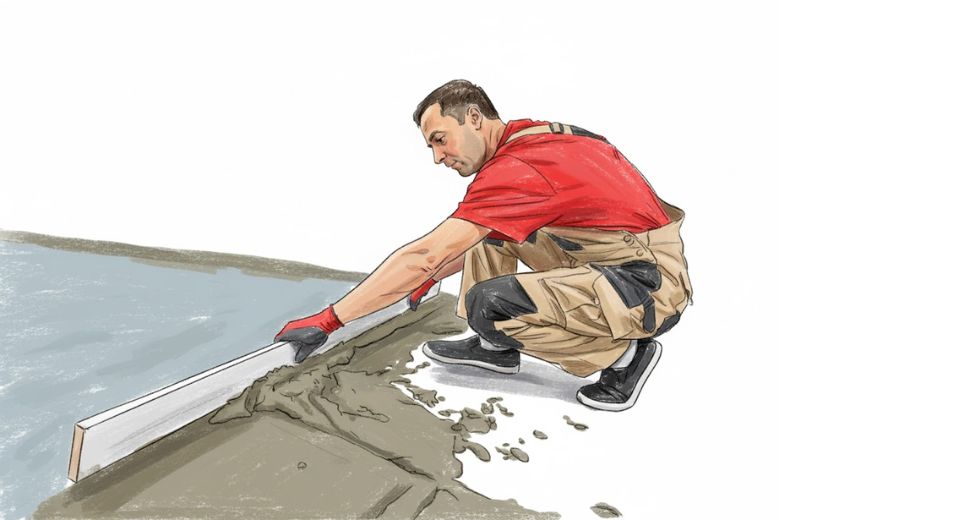
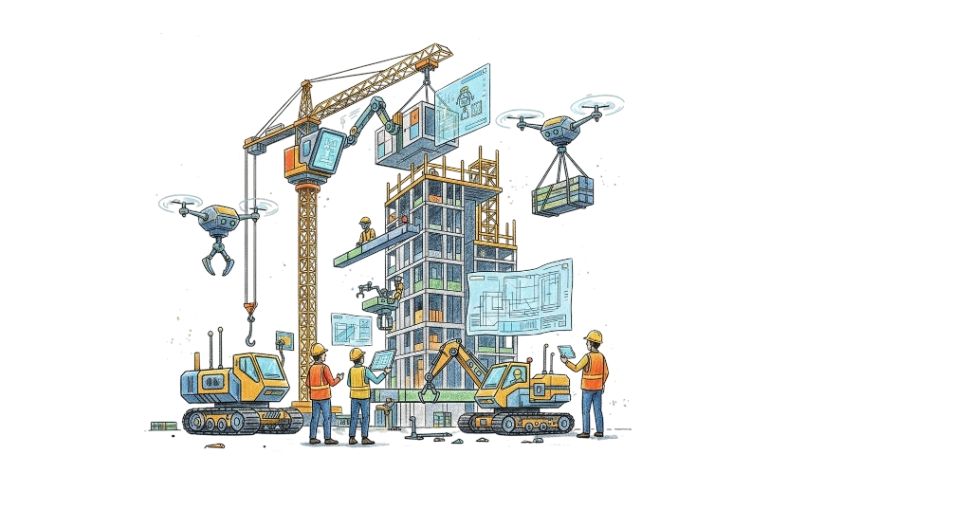
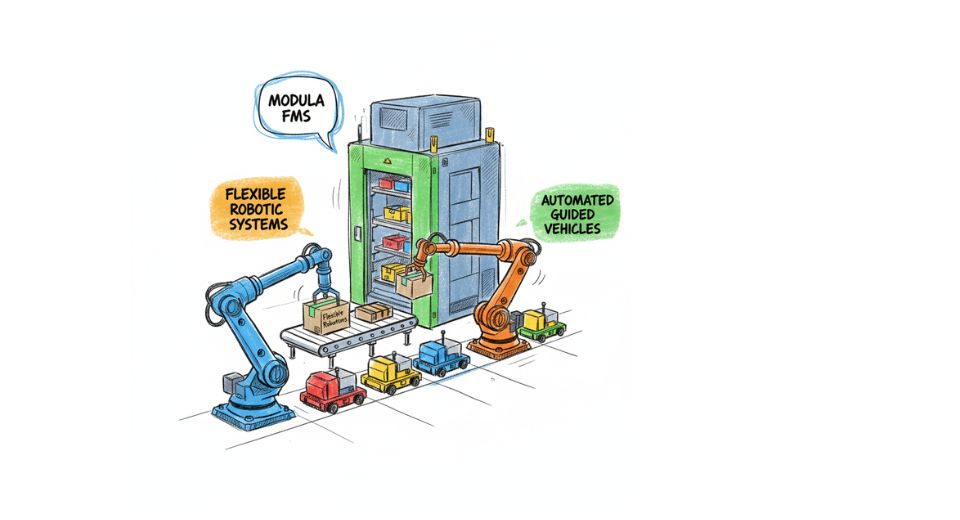
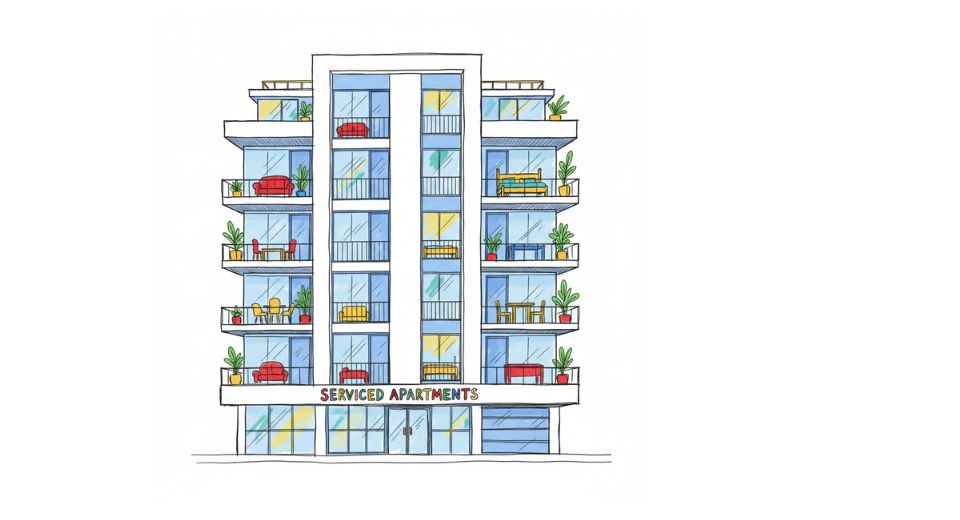

 US: +1 3023308252
US: +1 3023308252






